Light imitates art
View Sequence overviewStudents will:
- identify what they think they know about light, how light travels and how it helps people to see.
- recognise that light is used and manipulated by humans for many purposes.
Students will represent their understanding as they:
- represent their current understanding of light using arrows, images and words.
- use arrows to identify the movement of light.
- ask questions about light.
In the Launch phase, assessment is diagnostic.
Take note of:
- students’ ideas about the different aspects of light.
- See the embedded professional learning Students’ conceptions and alternative conceptions in the Elicit step of this lesson.
Whole class
Class science journal (digital or hard-copy)
Materials to create a word wall or class glossary
Demonstration copy of My thoughts Resource sheet and/or In the dark Resource sheet
Demonstration copy of Creatively light Resource sheet
Optional: Gallery of other art works that rely on light, such as those created each year for light festivals such as Vivid, Lightscapes, Illuminate etc. See the embedded professional learning Adapting to your context—Community Light Festivals for links to sources where these can be located.
A darkened room or space and/or a shoe box or similar to create a peek box
At least one torch. You may have several of varying lumens for demonstration purposes.
Each student
Individual science journal (digital or hard-copy)
My thoughts Resource sheet and/or In the dark Resource sheet
Lesson
The Launch phase is designed to increase the science capital in a classroom by asking questions that elicit and explore students’ experiences. It uses local and global contexts and real-world phenomena that inspire students to recognise and explore the science behind objects, events and phenomena that occur in the material world. It encourages students to ask questions, investigate concepts, and engage with the Core Concepts that anchor each unit.
The Launch phase is divided into four routines that:
- ensure students experience the science for themselves and empathise with people who experience the problems science seeks to solve (Experience and empathise)
- anchor the teaching sequence with the key ideas and core science concepts (Anchor)
- elicit students’ prior understanding (Elicit)
- and connect with the students’ lives, languages and interests (Connect).
The Elicit routine provides opportunities to identify students’ prior experiences, existing science capital and potential alternative conceptions related to the Core concepts. The diagnostic assessment allows teachers to support their students to build connections between what they already know and the teaching and learning that occurs during the Inquire cycle.
When designing a teaching sequence, consider when and where students may have been exposed to the core concepts and key ideas in the past. Imagine how a situation would have looked without any prior knowledge. What ideas and thoughts might students have used to explain the situation or phenomenon? What alternative conceptions might your students hold? How will you identify these?
The Deep connected learning in the ‘Pedagogical Toolbox: Deep connected learning’ provides a set of tools to identify common alternative conceptions to aid teachers during this routine.
Read more about using the LIA FrameworkWhat do we think we know?
The following two activities are designed to elicit students’ current ideas about light, including how it helps people to see, how it travels, how shadows are formed, when light might reflect and refract. You might consider doing either or both activities, depending on the needs and experiences of your students.
See the embedded professional learning on Student conceptions and alternative conceptions below for specific details about the conceptions addressed in each activity and how student learning is developed over the course of the sequence, to support you to make decisions about which activity to use.
Explain to students that, over the course of the sequence, they will undertake investigations about light, but that before they begin these, they will write and draw to show what they currently think they know about light.
My thoughts
Individually, students complete each question on the My thoughts Resource sheet. Students cut along the dotted lines, so that each response is separated onto its own slip of paper. Responses can be anonymous, or students can put their name on each slip.
- Remaining anonymous is a good way to elicit prior knowledge in a non-judgemental way. It can encourage students to answer in more detail, as it removes the anxiety of being incorrect.
- Identifying students’ responses allows students the opportunity to compare their responses at the end of the sequence and consider how their ideas have changed.
Determine which approach is most suitable for your students.
Collate each question into separate piles.
Using question 1, What things give us light?, model how to sort and categorise responses, highlighting how to use key words and statements that are the same or similar and statements that are similar.
In collaborative teams, students sort and categorise the responses to one of the other questions, grouping together similar responses.
Divide some/each pile of questions in half to have enough for each team if required.
Teams report back to the class on what they found. Record this in the class science journal.
Reserve the answers for What things give us light? to be referred to again in Lesson 2.
In the dark
Using the In the dark Resource sheet, students respond ‘Yes’, ‘No’, or ‘I’m not sure’ to each statement presented.
Using a demonstration copy of the In the dark Resource sheet, create a cumulative tally of student responses in the class science journal.
Where students have given different responses, for example where some have voted that the owl could be seen because it is white and others voted it would not be, discuss each idea and why students might think different things.
Consider inviting individual students to share the reasoning for their decision if appropriate. You might also do this by asking them to record their thinking using words and images in the individual science journals.
NOTE: Students might re-visit this task at the end of the learning sequence, comparing their responses and explaining their ideas.
Student conceptions and alternative conceptions
What alternative conceptions might students hold about light and how does this sequence address them?
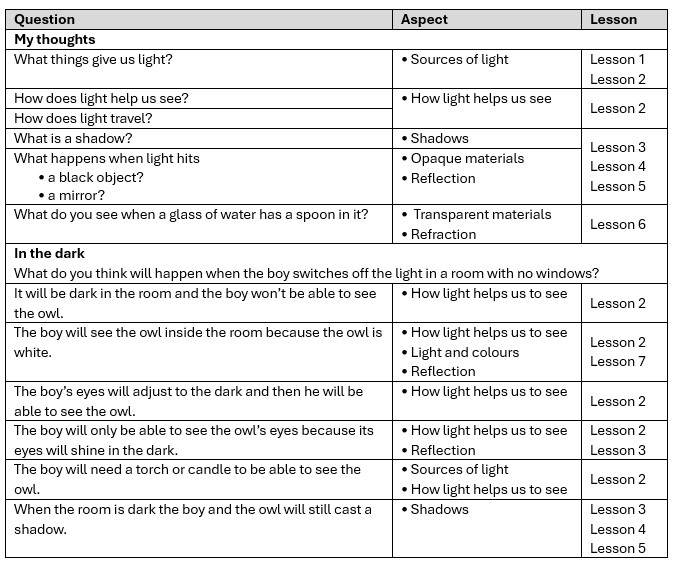
Taking account of students’ existing ideas is important in planning effective teaching approaches.
Given students will have experienced the phenomenon of light every day of their lives, this sequence begins by eliciting their prior knowledge.
There are many aspects to the phenomenon of light that this sequence explores, including:
- Sources of light
- How light helps us to see
- Reflection
- Shadows
- How light interacts with translucent, transparent and opaque materials
- Refraction
- Light and colours
Students might hold alternative conceptions about each of these aspects, and in some cases their ideas might contradict each other.
The table above outlines which aspect each question relates to, and the lesson in the sequence that explores this aspect.
When gathering diagnostic data, use this table to support you to determine which lessons you might need to focus on to change student conceptions, or where individual students might need particular attention.
Embedded professional learning that outlines student alternative conceptions and how they are addressed appears in the first lesson where that aspect is explored. For example, alternative conceptions for shadows appears in Lesson 3, but shadows are also addressed in Lesson 4 and 5.
Taking account of students’ existing ideas is important in planning effective teaching approaches.
Given students will have experienced the phenomenon of light every day of their lives, this sequence begins by eliciting their prior knowledge.
There are many aspects to the phenomenon of light that this sequence explores, including:
- Sources of light
- How light helps us to see
- Reflection
- Shadows
- How light interacts with translucent, transparent and opaque materials
- Refraction
- Light and colours
Students might hold alternative conceptions about each of these aspects, and in some cases their ideas might contradict each other.
The table above outlines which aspect each question relates to, and the lesson in the sequence that explores this aspect.
When gathering diagnostic data, use this table to support you to determine which lessons you might need to focus on to change student conceptions, or where individual students might need particular attention.
Embedded professional learning that outlines student alternative conceptions and how they are addressed appears in the first lesson where that aspect is explored. For example, alternative conceptions for shadows appears in Lesson 3, but shadows are also addressed in Lesson 4 and 5.
Light energy
What language do you need to be mindful of when teaching about light?
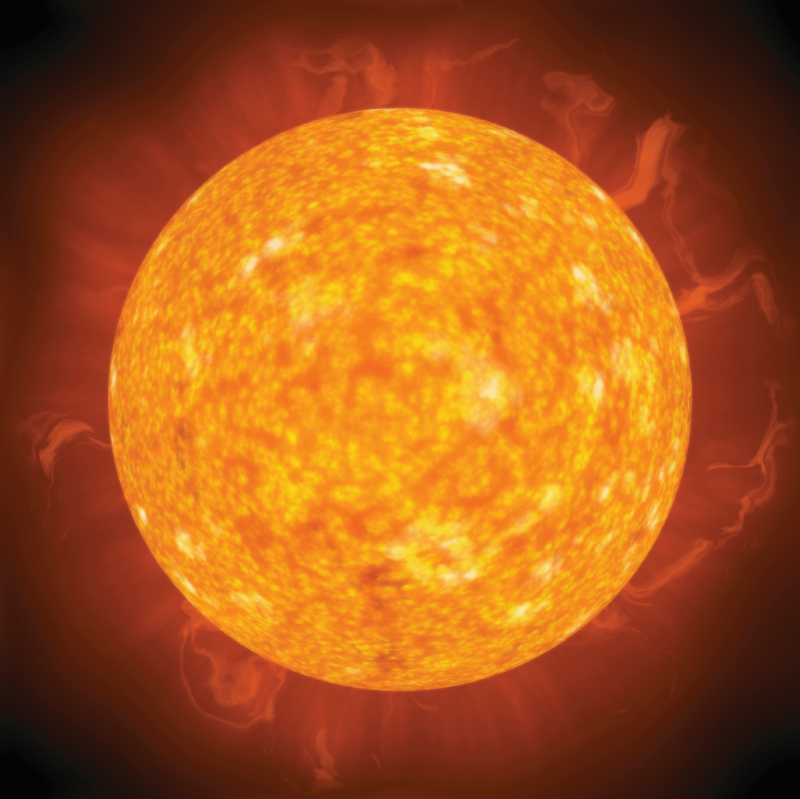
Light is a form of energy. Energy can not be created or destroyed, but is transformed from one form to another, and transferred. As such, light is seen when a transformation of energy occurs, for example chemical energy in the sun becoming light energy, and the resultant light energy is transferred to its surrounds.
The sun is the Earth's primary source of energy. It emits a broad spectrum of electromagnetic radiation. What human's can perceive of this electromagnetic spectrum in everyday life manifests as light, scientifically called 'visible light'. Visible light can be reflected by an opaque material or transformed into heat energy when it is absorbed by an opaque material.
When teaching and learning about light it is important to consider the language we use, both so we can be scientifically accurate and to avoid unintentionally reinforcing alternative conceptions. Students might often use terms that imply that light is 'made' or 'created', especially when talking about sources of light.
Care has been taken across this sequence, when formulating question and discussion prompts, to use accurate language such as 'emitted', 'transferred', 'shone' etc.
Light is a form of energy. Energy can not be created or destroyed, but is transformed from one form to another, and transferred. As such, light is seen when a transformation of energy occurs, for example chemical energy in the sun becoming light energy, and the resultant light energy is transferred to its surrounds.
The sun is the Earth's primary source of energy. It emits a broad spectrum of electromagnetic radiation. What human's can perceive of this electromagnetic spectrum in everyday life manifests as light, scientifically called 'visible light'. Visible light can be reflected by an opaque material or transformed into heat energy when it is absorbed by an opaque material.
When teaching and learning about light it is important to consider the language we use, both so we can be scientifically accurate and to avoid unintentionally reinforcing alternative conceptions. Students might often use terms that imply that light is 'made' or 'created', especially when talking about sources of light.
Care has been taken across this sequence, when formulating question and discussion prompts, to use accurate language such as 'emitted', 'transferred', 'shone' etc.
The Launch phase is designed to increase the science capital in a classroom by asking questions that elicit and explore students’ experiences. It uses local and global contexts and real-world phenomena that inspire students to recognise and explore the science behind objects, events and phenomena that occur in the material world. It encourages students to ask questions, investigate concepts, and engage with the Core Concepts that anchor each unit.
The Launch phase is divided into four routines that:
- ensure students experience the science for themselves and empathise with people who experience the problems science seeks to solve (Experience and empathise)
- anchor the teaching sequence with the key ideas and core science concepts (Anchor)
- elicit students’ prior understanding (Elicit)
- and connect with the students’ lives, languages and interests (Connect).
Students arrive in the classroom with a variety of scientific experiences. This routine provides an opportunity to plan for a common shared experience for all students. The Experience may involve games, role-play, local excursions or yarning with people in the local community. This routine can involve a chance to Empathise with the people who experience the problems science seeks to solve.
When designing a teaching sequence, consider what experiences will be relevant to your students. Is there a location for an excursion, or people to talk to as part of an incursion? Are there local people in the community who might be able to talk about what they are doing? How could you set up your classroom to broaden the students’ thinking about the core science ideas? How could you provide a common experience that will provide a talking point throughout the sequence?
Read more about using the LIA FrameworkNo light
Design a light deprivation experience for students. You might:
- create a darkened room or space (such as under a blanket-covered table) for students to enter. Ask them to describe what (if anything) they can see around them, how well they can see it, and why they think this is.
- create a ‘peek box’—a box with a small hole cut into the side that contains a small familiar object. It should be designed so that when students place their eye/face against the hole, light cannot enter the box. Ask students to describe what, if anything, they can see inside the box.

As a class discuss the light deprivation experience.
- What could you see inside the room/space/box?
- How well could you see it?
- Why do you think you could not see anything/much?
- What would happen if there was no light at all?
- What would you need to do so that you would be able to see more clearly/easily?
- Students will likely offer that having light in the room/space/box will help them to see more clearly and easily.
- Why do you think the light will help you to see more clearly/easily?
- Can you think of any places/experiences that are really dark?
- Late at night, in a cave, in a room with thick curtains and light off, photography dark room, bank vault, underground etc.
Introduce a light into the dark room/space/box by:
- using a lamp or a large torch.
- giving students an individual torch.
- making another small hole in the box through which you can shine a torch directly into it, and onto the object inside.
Discuss what students can see with an added light source.
- What could you see once you had a source of light?
- How well could you see?
- Would more/brighter light help you to see more clearly?
- Why do you think that?
- How did the light get to the room/space/box? Where did it come from?
If students mention that they could see shadows formed in the beam of the lamp/torch, pursue this line of questioning further. If not, there is no need to introduce it at this stage.
- Why do you think you were able to see shadows in the light?
- What causes a shadow?
- Can we always see shadows?
- When can we see/not see them?
- Are shadows always the same size? Shape? Definition/darkness?
Adapting to your context
What might you need to consider when designing the light deprivation experience?

Consider your students’ needs and context before you determine which light deprivation experience is most suitable.
Students with sensory issues might be uncomfortable walking into a room with little to no light. Some students might also find this uncomfortable because they are not able to clearly see the people and things around them.
Pre-warning, and pairing students with a trusted friend/buddy might be one way to lessen the impact of such an experience.
Using the peek box instead, which will be reused later in the teaching sequence, may be more appropriate.
Alternatively, darken the room or a blanket-covered table and use a torch to shine a light on different objects in turn. Ask students to suggest why an object becomes brighter when the torch is on, and darker when the torch is off (the torch is the source of light).
Consider your students’ needs and context before you determine which light deprivation experience is most suitable.
Students with sensory issues might be uncomfortable walking into a room with little to no light. Some students might also find this uncomfortable because they are not able to clearly see the people and things around them.
Pre-warning, and pairing students with a trusted friend/buddy might be one way to lessen the impact of such an experience.
Using the peek box instead, which will be reused later in the teaching sequence, may be more appropriate.
Alternatively, darken the room or a blanket-covered table and use a torch to shine a light on different objects in turn. Ask students to suggest why an object becomes brighter when the torch is on, and darker when the torch is off (the torch is the source of light).
The Launch phase is designed to increase the science capital in a classroom by asking questions that elicit and explore students’ experiences. It uses local and global contexts and real-world phenomena that inspire students to recognise and explore the science behind objects, events and phenomena that occur in the material world. It encourages students to ask questions, investigate concepts, and engage with the Core Concepts that anchor each unit.
The Launch phase is divided into four routines that:
- ensure students experience the science for themselves and empathise with people who experience the problems science seeks to solve (Experience and empathise)
- anchor the teaching sequence with the key ideas and core science concepts (Anchor)
- elicit students’ prior understanding (Elicit)
- and connect with the students’ lives, languages and interests (Connect).
Science education consists of a series of key ideas and core concepts that can explain objects, events and phenomena, and link them to the experiences encountered by students in their lives. The purpose of the Anchor routine is to identify the key ideas and concepts in a way that builds and deepens students’ understanding. During the Launch phase, the Anchor routine provides a lens through which to view the classroom context, and a way to frame the key knowledge and skills students will be learning.
When designing a teaching sequence, consider the core concepts and key ideas that are relevant. Break these into small bite-sized pieces that are relevant to the age and stage of your students. Consider possible alternative concepts that students might hold. How could you provide activities or ask questions that will allow students to consider what they know?
Each student comes to the classroom with experiences made up from science-related knowledge, attitudes, experiences and resources in their life. The Connect routine is designed to tap into these experiences and that of their wider community. It is also an opportunity to yarn with community leaders (where appropriate) to gain an understanding of the student’s lives, languages and interests. In the Launch phase, this routine identifies and uses the science capital of students as the foundation of the teaching sequence so students can appreciate the relevance of their learning and its potential impact on future decisions. In short, this routine moves beyond scientific literacy and increases the science capital in the classroom and science identity of the students.
When planning a teaching sequence, take an interest in the lives of your students. What are their hobbies, how do they travel to and from school? What might have happened in the lives of your students (i.e. blackouts) that might be relevant to your next teaching sequence? What context might be of interest to your students?
Read more about using the LIA FrameworkHow do humans use light?
Students identify some of the ways/reasons that humans use light. Record these in the class science journal.
Refer to any celebratory or artistic uses of light that students have identified. If none have been identified, pose the question: In what ways to people use light as part of their celebrations? Or creatively/artistically?
As is appropriate for your context and students, discuss:
- religious and cultural events that use light as a key part of their observance/celebration.
- local light festivals. Many of these are held in cities and regional centres across Australia where artworks, sculptures and light shows are displayed. See the embedded professional learning Adapting to your context—Community light festivals for links to sources where these can be located.
- the role that light, shadows, reflections etc. play in illusions such as repeated reflections, fun house mirrors, shadow puppetry etc.
Use one of these examples as a jumping off point for discussions about how light is used as a form of art and celebration.
Show students examples of how light has been used in these instances.
The Creatively light Resource sheet provides examples of light, reflection, shadow etc. being used in a creative manner.
You might prefer to create your own gallery of image to suit your school or community context. If so, ensure that the sample encompasses the different aspects of light that will be explored during the unit, including the formation of shadows, reflection of light/reflective surfaces changing the direction light is travelling, filtering wavelengths to ‘alter the colour’ of the light visible.
Discuss the examples viewed, both in terms of what the students might know about the scientific concepts being demonstrated, and the artistic expression of each.
- Why do you think light is used as a means of celebration? Artistic expression?
- Why do people enjoy these events?
- What are your experiences at such events?
- What can you see in each sculpture/artwork?
- Where is the light coming from?
- How is it being used in the sculpture/artwork?
Discuss with students how they will use their learning about light to create their own light sculpture/artwork at the end of the sequence.
Determine who their audience will be to share their designs/artworks and the best mode of sharing them.
Core concepts and key ideas
Where does this sequence fit into the larger picture of science and the science curriculum?
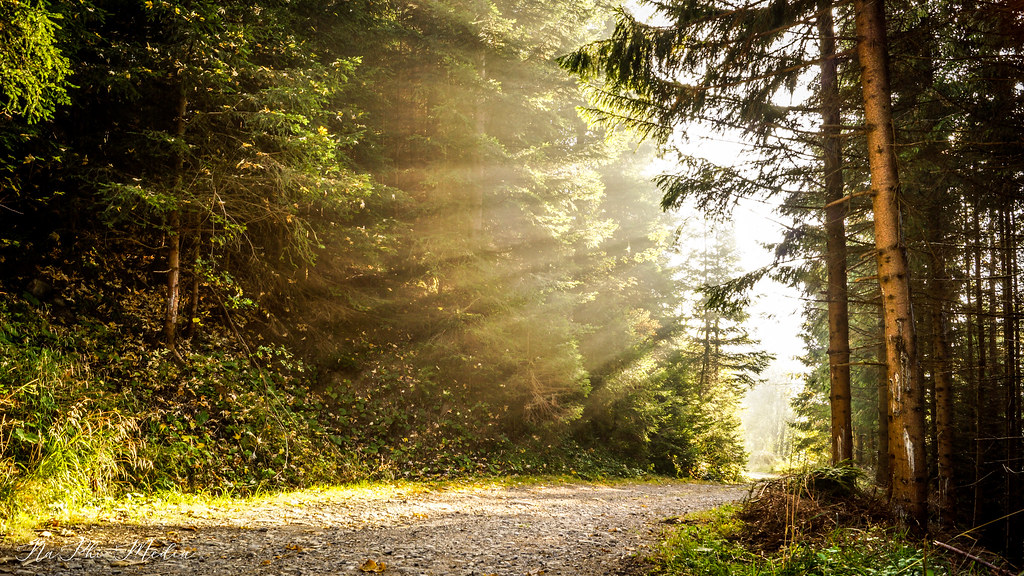
When planning for teaching in your classroom, it can be useful to see where a sequence fits into the larger picture of science. This unit is anchored to the Science Understanding core concepts for Physical sciences.
- Energy can be transferred and transformed from one form to another and is conserved within systems.
In Year 5, this involves explaining how light energy moves from its source, reflecting or being absorbed by surfaces, helping us to see, creating shadows, reflecting, refracting etc.
This core concept is linked to the key science ideas:
- Patterns can be used to identify the cause and effect of shadows, reflection and refraction. (Patterns, order and organisation)
- Mirrors in a periscope or maze can work together to serve a function. (Form and function)
- A ray of light can be disrupted by sudden changes to form a shadow. (Stability and change)
- Scale models using light and prisms can be used to represent rainbows. (Scale and measurement)
- Light energy can move and can cause observable changes to the observation of objects, shadows, reflection, and refraction. (Matter and energy)
- Generalisations about the relationship between light sources and shadows can be made. (Systems)
When your students next progress through this core concept, they will investigate the transfer and transformation of electrical energy in a circuit (Year 6).
When planning for teaching in your classroom, it can be useful to see where a sequence fits into the larger picture of science. This unit is anchored to the Science Understanding core concepts for Physical sciences.
- Energy can be transferred and transformed from one form to another and is conserved within systems.
In Year 5, this involves explaining how light energy moves from its source, reflecting or being absorbed by surfaces, helping us to see, creating shadows, reflecting, refracting etc.
This core concept is linked to the key science ideas:
- Patterns can be used to identify the cause and effect of shadows, reflection and refraction. (Patterns, order and organisation)
- Mirrors in a periscope or maze can work together to serve a function. (Form and function)
- A ray of light can be disrupted by sudden changes to form a shadow. (Stability and change)
- Scale models using light and prisms can be used to represent rainbows. (Scale and measurement)
- Light energy can move and can cause observable changes to the observation of objects, shadows, reflection, and refraction. (Matter and energy)
- Generalisations about the relationship between light sources and shadows can be made. (Systems)
When your students next progress through this core concept, they will investigate the transfer and transformation of electrical energy in a circuit (Year 6).
Adapting to your context—community light festivals
What light-related celebrations might be relevant for your students or context?
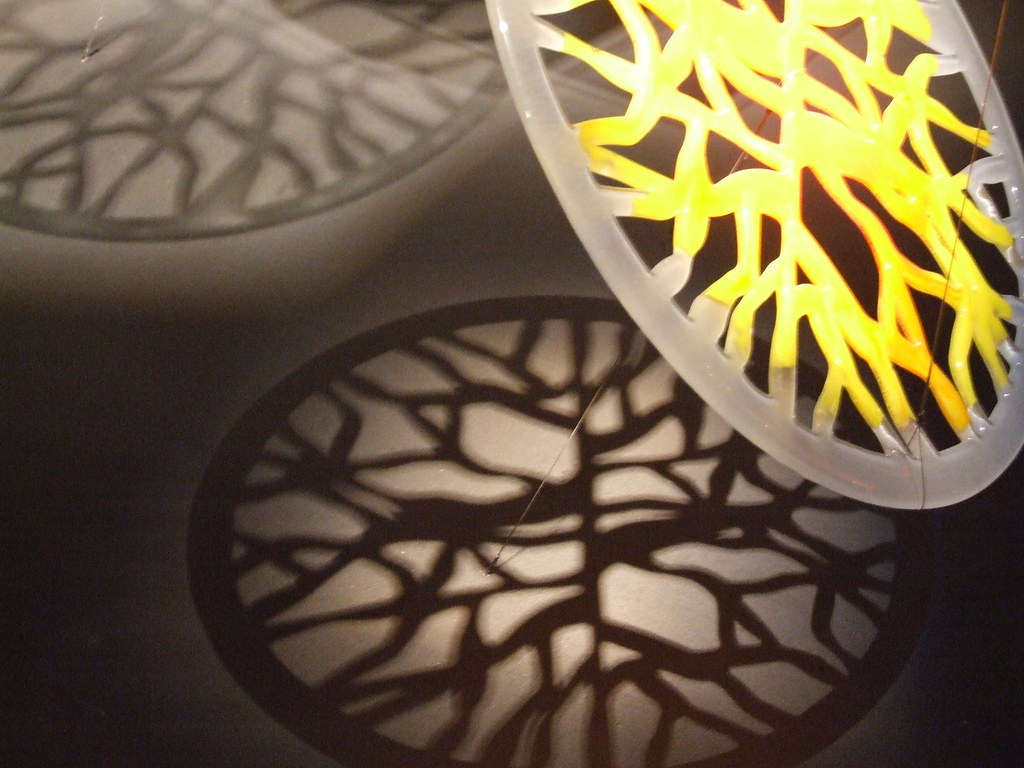
The Creatively light Resource sheet showcases secular examples of how light is used in an artistic and/or celebratory manner. This allows for greater scope to create light sculptures/artworks in the widest range of school context. You might change this focus to one that has a religious or cultural connection if that is appropriate for you students and school community.
Some religious/cultural celebrations include:
- Christmas
- Hanukkah
- Diwali
- Eid
- Lantern festivals
Some community secular ‘light festivals’ include:
NOTE: Whilst some of these festivals may not have upcoming events scheduled, galleries and videos showing places students might be familiar with are often available on the linked websites.
- Vivid, Sydney
- Illuminate, Adelaide
- Lightscape, Melbourne
- Lightscape, Brisbane
- White Night, Bendigo
- White Night, Ballarat
- White Night, Geelong
- White Night, Shepparton
- Big City Lights, Gold Coast
- Reef Lights, Cairns
- Enlighten festival, Canberra
- Parrtjima- A festival of light, Alice Springs (Mparntwe)
- Field of Light, Uluru
- Moama Lights, on the Murray river across regional Victoria
- Winter Lights Festival, Perth
- Lightwave, Nubeena, Tasmania
There are also many festivals held in regional towns and centres including Nambour QLD, Plympton SA, Pimpana, Qld, Fremantle, WA Hill Top NSW, Woombye QLD and Lake Macquarie NSW. To find a light festival that occurs in your region try searching for 'light festival' accompanied by the name of a relevant local town or regional centre.
The Creatively light Resource sheet showcases secular examples of how light is used in an artistic and/or celebratory manner. This allows for greater scope to create light sculptures/artworks in the widest range of school context. You might change this focus to one that has a religious or cultural connection if that is appropriate for you students and school community.
Some religious/cultural celebrations include:
- Christmas
- Hanukkah
- Diwali
- Eid
- Lantern festivals
Some community secular ‘light festivals’ include:
NOTE: Whilst some of these festivals may not have upcoming events scheduled, galleries and videos showing places students might be familiar with are often available on the linked websites.
- Vivid, Sydney
- Illuminate, Adelaide
- Lightscape, Melbourne
- Lightscape, Brisbane
- White Night, Bendigo
- White Night, Ballarat
- White Night, Geelong
- White Night, Shepparton
- Big City Lights, Gold Coast
- Reef Lights, Cairns
- Enlighten festival, Canberra
- Parrtjima- A festival of light, Alice Springs (Mparntwe)
- Field of Light, Uluru
- Moama Lights, on the Murray river across regional Victoria
- Winter Lights Festival, Perth
- Lightwave, Nubeena, Tasmania
There are also many festivals held in regional towns and centres including Nambour QLD, Plympton SA, Pimpana, Qld, Fremantle, WA Hill Top NSW, Woombye QLD and Lake Macquarie NSW. To find a light festival that occurs in your region try searching for 'light festival' accompanied by the name of a relevant local town or regional centre.
The Launch phase is designed to increase the science capital in a classroom by asking questions that elicit and explore students’ experiences. It uses local and global contexts and real-world phenomena that inspire students to recognise and explore the science behind objects, events and phenomena that occur in the material world. It encourages students to ask questions, investigate concepts, and engage with the Core Concepts that anchor each unit.
The Launch phase is divided into four routines that:
- ensure students experience the science for themselves and empathise with people who experience the problems science seeks to solve (Experience and empathise)
- anchor the teaching sequence with the key ideas and core science concepts (Anchor)
- elicit students’ prior understanding (Elicit)
- and connect with the students’ lives, languages and interests (Connect).
Identifying and constructing questions is the creative driver of the inquiry process. It allows students to explore what they know and how they know it. During the Inquire phase of the LIA Framework, the Question routine allows for past activities to be reviewed and to set the scene for the investigation that students will undertake. The use of effective questioning techniques can influence students’ view and interpretation of upcoming content, open them to exploration and link to their current interests and science capital.
When designing a teaching sequence, it is important to spend some time considering the mindset of students at the start of each Inquire phase. What do you want students to be thinking about, what do they already know and what is the best way for them to approach the task? What might tap into their curiosity?
Read more about using the LIA FrameworkWhat do we want to know?
Use the Question Formulation Technique, with the gallery of light sculptures as the stimulus, to support students to generate questions they might want/need the answers to in order to create their own ‘light sculptures’ at the end of the sequence.
Reflect on the lesson
You might:
- begin a word wall or glossary of relevant words and images that students will likely use throughout the sequence.
- begin a TWLH chart about light. Use the questions generated using the QFT as the W section of the chart.
Question formulation technique
How can you support your students to generate questions on a topic?
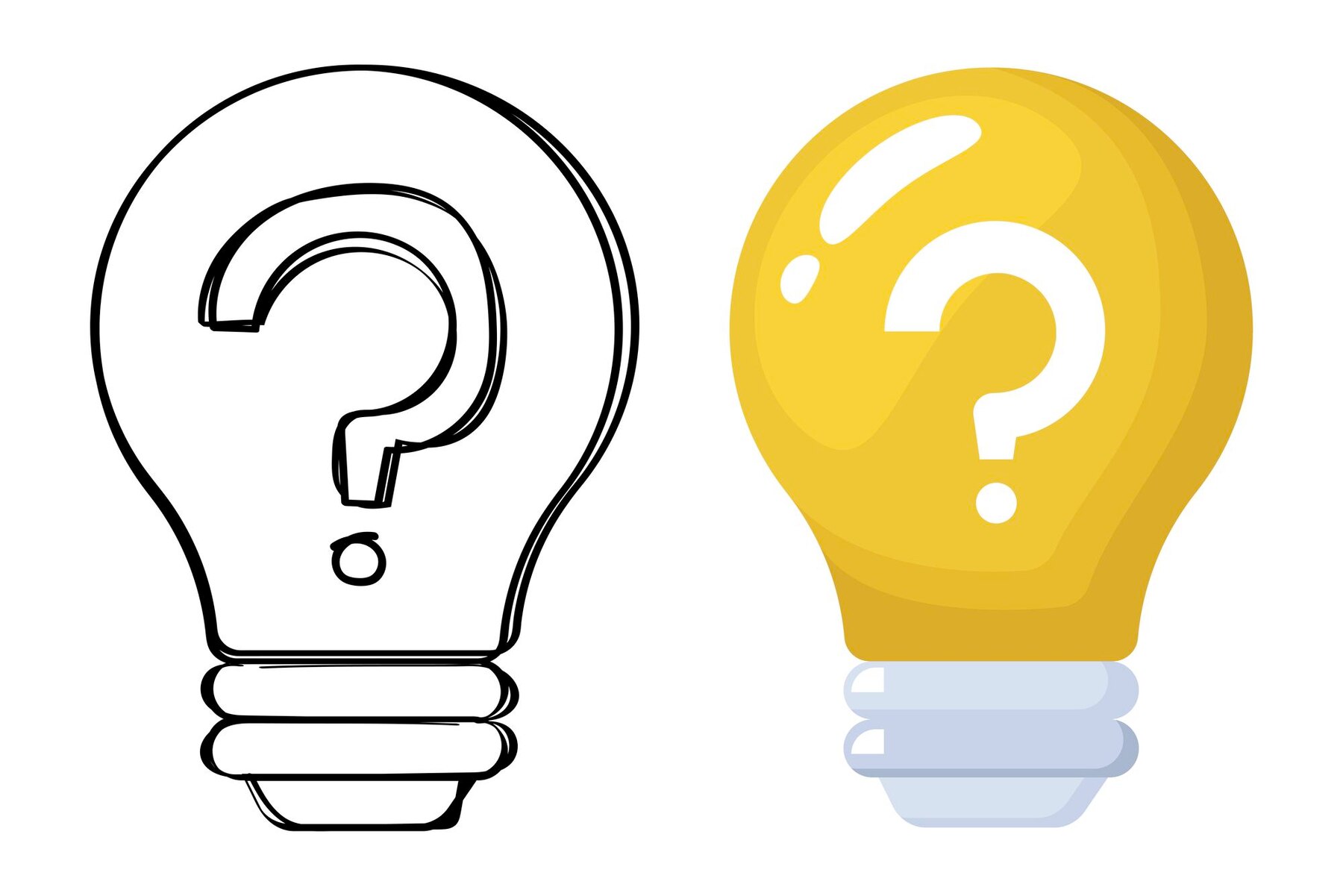
The Question Formulation Technique (Santana & Rothstein, 2018) outlines four steps for students to generate, refine, and select useful questions. This includes:
- Examine stimulus
- Brainstorm questions
- Improve questions: change closed questions or statements into open questions.
- Prioritise questions according to importance, ability to be investigated, what will help with the Act phase, and how it will be answered.
Students should work together in small groups of 3-5.
The Question Formulation Technique (Santana & Rothstein, 2018) outlines four steps for students to generate, refine, and select useful questions. This includes:
- Examine stimulus
- Brainstorm questions
- Improve questions: change closed questions or statements into open questions.
- Prioritise questions according to importance, ability to be investigated, what will help with the Act phase, and how it will be answered.
Students should work together in small groups of 3-5.
TWLH chart
What is a TWLH chart and why should you use one?
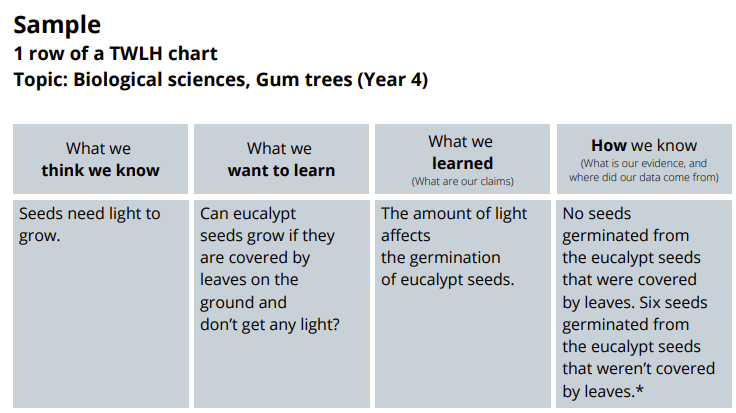
An adaptation of the well-known KWL chart, a TWLH chart is a learning tool used to elicit students’ prior knowledge by asking what they Think they know, determine questions students Want to know answers to, document what has been Learned, and How students know they’ve learned.
One of the key aspects of a TWLH chart is its ability to guide a student in metacognitive (the ability to think about your thinking) processes. By focusing on what students think they know, they are prompted to see learning as a journey, where new scientific evidence and experiences might change your thinking. This is a very important aspect of thinking scientifically.
In this instance, students are considering their initial knowledge of light. In this phase of learning, students should be encouraged to populate the T and W sections of the chart.
An adaptation of the well-known KWL chart, a TWLH chart is a learning tool used to elicit students’ prior knowledge by asking what they Think they know, determine questions students Want to know answers to, document what has been Learned, and How students know they’ve learned.
One of the key aspects of a TWLH chart is its ability to guide a student in metacognitive (the ability to think about your thinking) processes. By focusing on what students think they know, they are prompted to see learning as a journey, where new scientific evidence and experiences might change your thinking. This is a very important aspect of thinking scientifically.
In this instance, students are considering their initial knowledge of light. In this phase of learning, students should be encouraged to populate the T and W sections of the chart.